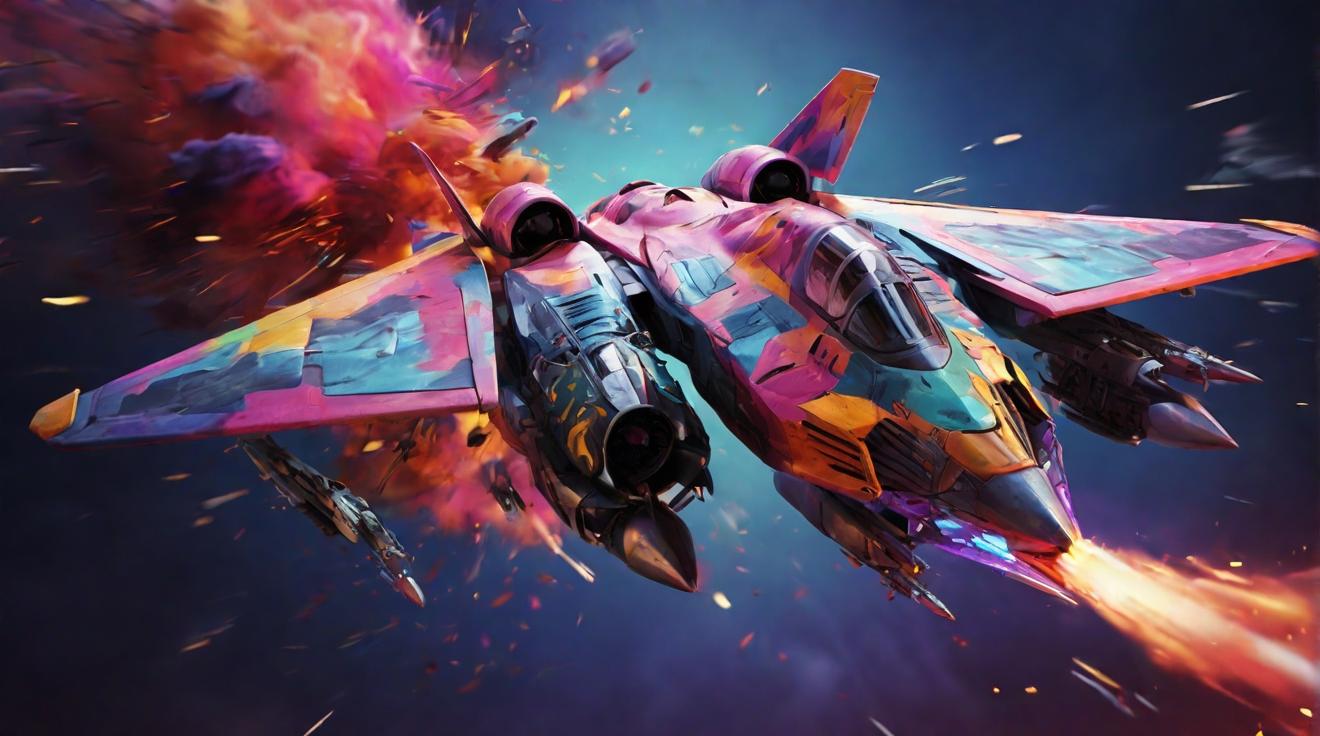DARPA Unveils Groundbreaking AI-Controlled F-16 in Aerial Combat
The Defense Advanced Research Project Agency (DARPA) has ushered in a new era in aviation and artificial intelligence (AI) by releasing footage of an unprecedented event: the first unmanned, AI-controlled F-16 aircraft going head-to-head with a human pilot in various aerial combat scenarios. This event marks a significant milestone in the integration of machine learning in military operations.
In a breathtaking display of technological prowess at Edwards Air Force Base in California, two F-16 jets—one controlled by AI and the other piloted by a human—executed intricate protective and aggressive maneuvers, engaging in within-visual-range combat, also known as dogfighting. The jets, reaching speeds of up to 1,200 miles per hour and at times only 2,000 feet apart, showcased the potential future of aerial warfare.
The star of the show, the X-62A Variable Stability In-flight Simulator Test Aircraft (VISTA), is a modified F-16 equipped with a sophisticated AI program. Despite human pilots being on board with the capability to override the AI, DARPA reports that there was never a need to activate the safety switch, showcasing the AI's reliability.
The implications of such technology are vast, offering insights into the future of not only military aviation but also the potential roles of AI in various facets of defense. The AI’s ability to analyze data and make real-time decisions emulates the instinctual reactions developed by combat pilots over years of experience, marking a "transformational" moment in aerospace history as highlighted by DARPA.
Although the winner of the dogfight remains unannounced, the demonstration is not about victory but about showcasing AI’s capabilities in real-world combat situations. This follows the trend of AI outperforming humans in virtual settings, as seen in DARPA's AlphaDogfight experiment in 2020, where Heron System's AI bested a human F-16 pilot, as well as another AI developed by Lockheed, in a series of simulated dogfights using only the aircraft's nose cannon for combat.
This event underlines the progress and potential of AI in air combat, demonstrating not only an AI's ability to learn and adapt but also its potential to outmaneuver human opponents under the stringent rules of engagement. As Ben Bell, a senior machine learning engineer at Heron Systems, mentioned, the battle might have seemed somewhat unfair due to the restrictions on AI learning from past encounters, yet the AI's triumph over human operators was undisputed.
The integration of AI into military operations, particularly in roles requiring quick, complex decision-making, offers a glimpse into future tactics and strategies that could redefine conventional warfare. As AI technology continues to evolve and mature, its potential application in various military and civilian sectors could herald a new age of innovation and operational efficiency, reshaping our approach to defense and beyond.
Analyst comment
Positive news: DARPA’s unveiling of the AI-controlled F-16 in aerial combat is a groundbreaking achievement in the integration of AI and aviation. The demonstration showcases the AI’s reliability and its ability to make real-time decisions, marking a transformational moment in aerospace history. The potential applications of AI in military operations and defense are vast, offering new tactics and strategies that could redefine conventional warfare. As AI technology continues to evolve, it could bring about a new age of innovation and efficiency in both military and civilian sectors.













